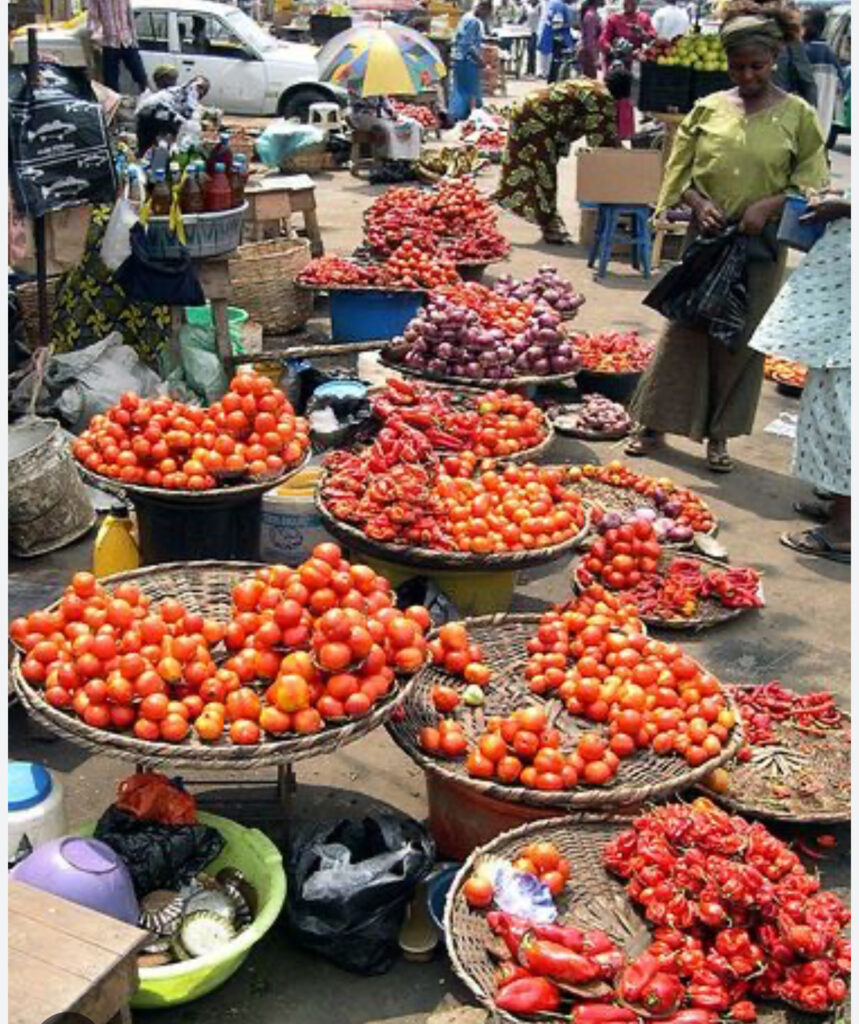Nigeria’s Inflation Rate Drops to 21.88% in July, Food Prices Continue to Surge
RYNI News | Omotayo Stephen . O
15 August 2025

Nigeria’s inflation rate slid to 21.88 percent in July 2025, offering a faint glimmer of relief to an economy long battered by rising costs. The figure, released by the National Bureau of Statistics (NBS) on Friday, represents a modest dip from June’s 22.22 percent — the fourth time this year the headline inflation rate has inched downward.
While the numerical drop signals a technical slowdown in the pace of price increases, the reality on the streets paints a more complicated picture. For many Nigerians, particularly at the market stalls and food shops, life is still as expensive as ever.
According to the NBS report, July’s headline inflation rate was 0.34 percentage points lower than June’s, and a dramatic 11.52 percentage points below the 33.40 percent recorded in July 2024. Economists attribute part of this sharp year-on-year decline to the statistical “base effect” — comparing today’s prices to last year’s extreme highs.
However, a closer look reveals a more stubborn trend: on a month-to-month basis, inflation actually accelerated. July’s monthly inflation stood at 1.99 percent, up from 1.68 percent in June. In other words, prices continued to rise in July — just at a slightly slower annual pace.
Food Inflation Climb to 22.74%
Perhaps most telling is the performance of food inflation, the metric that hits households hardest. Year-on-year, food prices climbed 22.74 percent in July, up from 21.97 percent in June. While this is a steep drop from the staggering 39.53 percent recorded in July last year, the cost of essentials remains burdensome.
Month-to-month, food inflation was pegged at 3.12 percent, marginally below June’s 3.25 percent. The bureau credited this slight easing to falling prices of staples such as vegetable oil, beans, local rice, maize flour, guinea corn, wheat flour, and millet. Yet, the annual average food inflation rate still sits at a hefty 26.97 percent, underscoring the persistent pressure on household budgets.
The Usual Suspects Driving Prices
Beyond the kitchen, the NBS identified food and non-alcoholic beverages, restaurants and accommodation services, and transportation as the biggest contributors to overall price growth. With fuel costs, service charges, and transport fares still climbing, the ripple effects on everyday living remain unavoidable.
What This Means for Nigerians
While policymakers might hail the headline drop as a sign of progress, many Nigerians will not feel it in their pockets any time soon. Disinflation — the slowing of price increases — does not translate into falling prices, and for most families, the arithmetic remains grim.
For now, the numbers may look better on paper, but at the market stall, the same weary question echoes: “Why does everything still cost more?”
Stay updated with the latest news across Nigeria and beyond — visit RYNI News
For Event Coverage, Advert Placements, Article Publications.
Email: rynimedia@gmail.com
Contact Us on WhatsApp
Related Posts